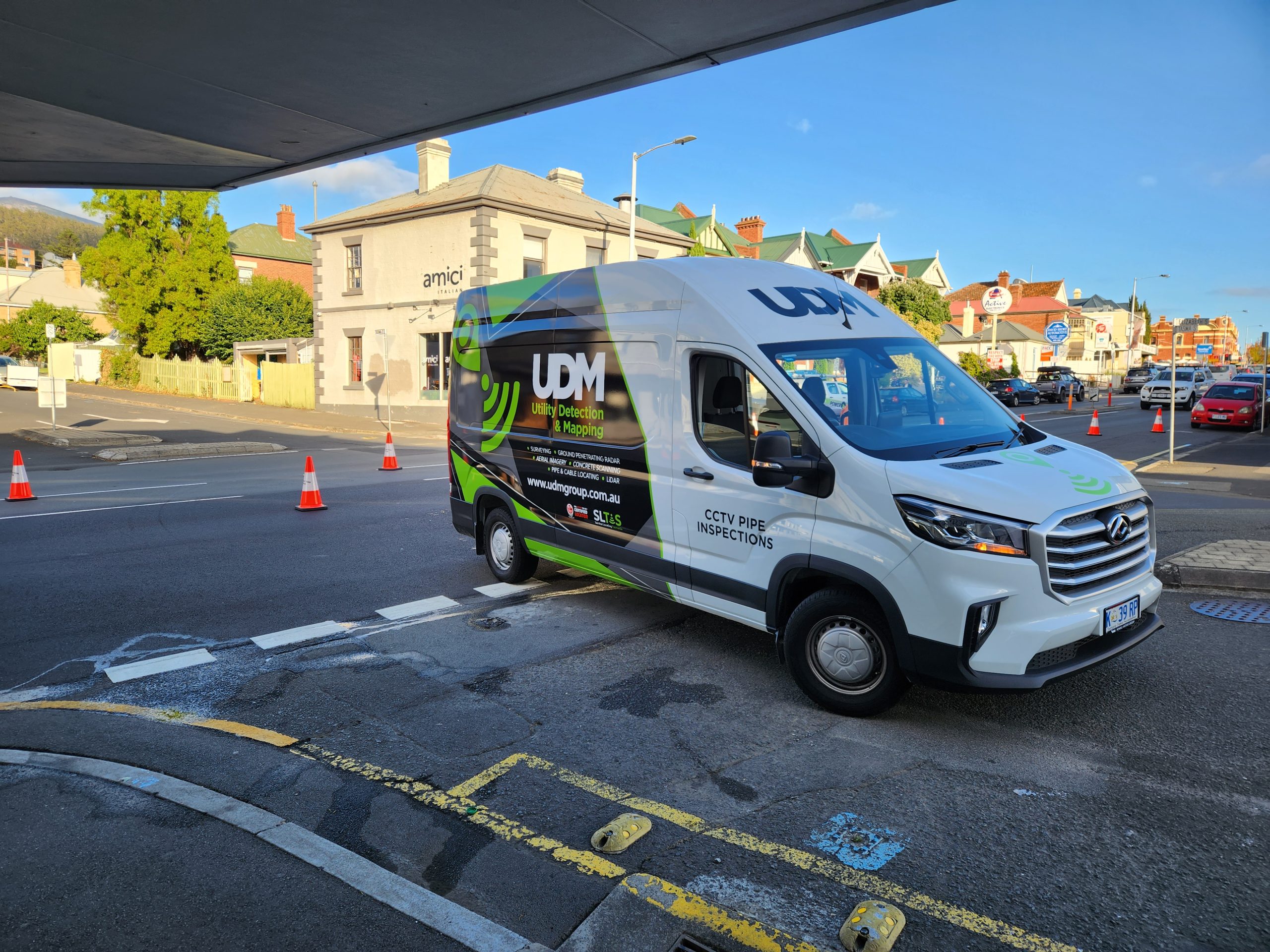Using Precision Pipe
and Cable Locators
Precision pipe and cable locators work hand-in-hand with Ground Penetrating Radar (GPR) technology to induce, detect and trace underground utilities, pipes and cables prior to any subsurface work being undertaken.
This can include locating existing underground utilities or planning for the installation of new infrastructure, providing comprehensive assessments in accordance with Australian standards of Classification of Subsurface Utility Information (SUI) AS 5488-2019.
Whether it’s commercial, industrial, council or civil works projects, properly identifying underground utilities is critical to avoid damaging these services and provides better planning and execution works to be undertaken.
Benefits of Pipe & Cable Locating
Pipe and Cable Locating
This process also known as, Electromagnetic Locating, is used to identify the location of live conductive services and mains such as:
- Electricity
- Gas and fuel lines
- Telecommunications
- Water
Underground utility mapping is a challenging task that shouldn’t be taken lightly. A project’s success is dependent upon the experience of the geophysical professional having a thorough understanding of the capabilities and limitations of their equipment within the given constraints of the site.
Ground Penetrating Radar (GPR)
GPR is one of the most advanced underground utility locating techniques when combined with electromagnetic locating. 2D scans and 3D data acquisition are both available. GPR is used for the location and survey of conductive and non-conductive subsurface utilities and structures. It is the ideal way to locate:
- Fibre optic cables
- Forensics
- Fuel tanks
- Nylon gas
- Road and pavement inspections
- Sewer and storm water
- Underground storage tanks
- Underground structures
- VC water mains and services
- Voids and cavities





